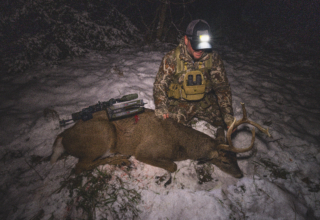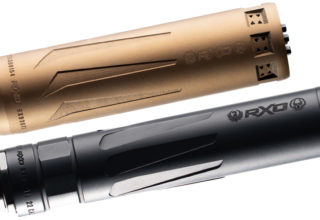A new large-cutting diameter mechanical from Beast Broadheads proves accurate, durable, and features innovative technologies.
by Jace Bauserman
I can’t imagine the stresses a new bowhunter undergoes. There are too many excellent bows and accessories to pick from. There is no way, without dropping a mint, that a single person can test every bow, arrow, rest, sight, etc.
Then, once that bowhunter finally decides on a bow and the attached accessories, that bowhunter must choose a broadhead. Yikes! The broadhead ocean is deep. From fixed-blade to mechanical to hybrid, today’s bowhunter has many choices.
During my stick-and-string tenure, I’ve tested broadheads more than anything else.
Why?
Simple, availability. There are many types of broadheads, and it is the broadhead that causes the damage when it enters an animal. I’ve used broadheads that have saved my bacon when a marginal hit was made, and others that, due to mechanical failure, cost me dearly. For this reason, only three broadheads find their way into my quiver.
Bowhunting is all about confidence. My three broadhead choices give me supreme confidence. All have taken down elk, deer, pronghorn, bear, turkey, etc. For this reason, I will never go away from them.
However, after an extensive field test, I will add a fourth broadhead to my list of all-time favorites in 2025, and that broadhead is Beast Broadheads’ 2.3″ Aluminum. Online reviews and videos prompted me to test the broadhead; I wanted to see what all the hype was about. As it turns out, the hype isn’t hype at all. The hype is real!
The Build: Beast 2.3″ Aluminum
The Beast 2.3″ Aluminum measures 1-3/4-inches long from the tip to the end of the ferrule and a tick over 1/2-inches at its widest point. Traditionally, a longer, sleeker build has been associated with excellent ballistics.
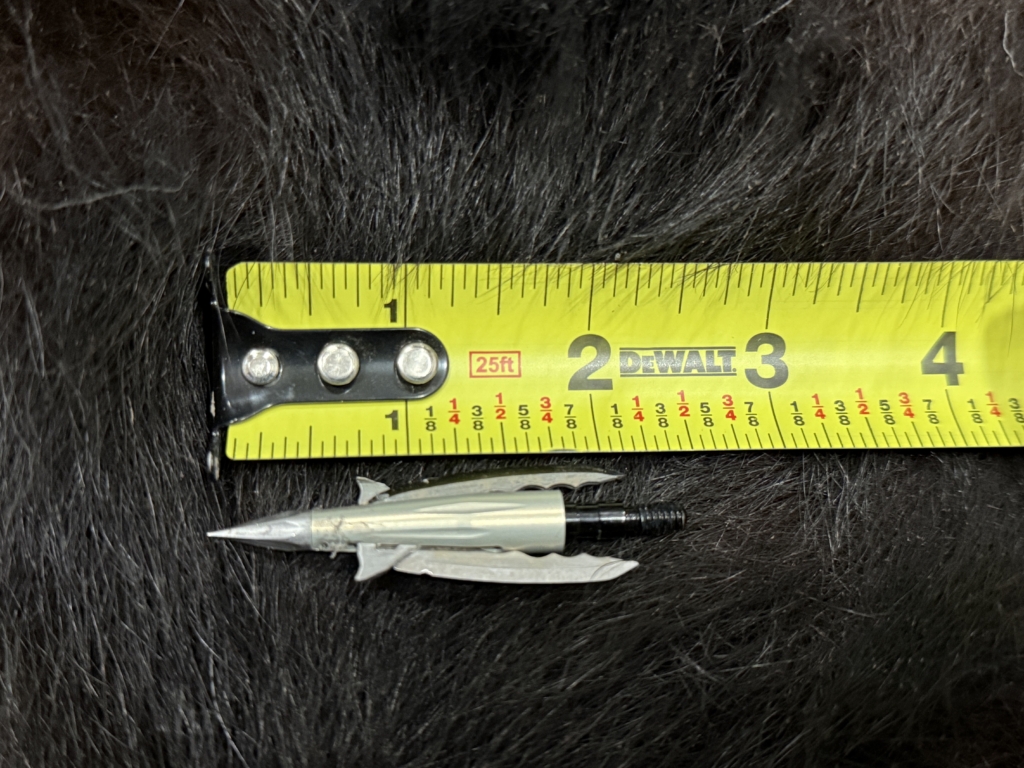
The grooved 420 series hardened stainless steel tip is needle-point sharp, and the 7075 aluminum ferrule, which features wind grooves, appears solid. The German .35-inch thick German LUTZ blades shaved hair from my arm, and the 8-32 thread pattern allowed for flawless insertion into my Easton 5.0s.
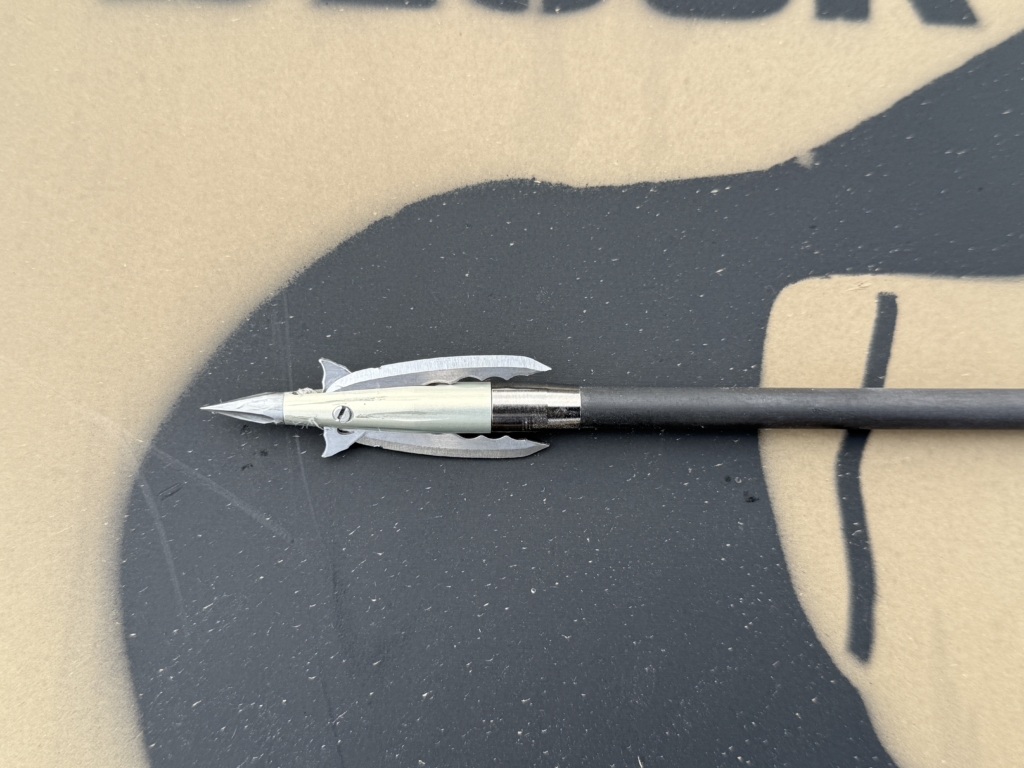
Using the side of a foam target, I quickly took note of Beast’s Engineered Propulsion In Core (E.P.I.C Technology). Beast claims just 1.2 pounds of force will create blade deployment, and I would agree. The blade deployment is speedy. Beast claims the blades, via a spring-loaded design, jump from the ferrule at 940 miles per hour. Though I had no way to test this, the speed was enough to make me jump. Beast created E.P.I.C Technology to ensure reliable blade deployment that would lead to massive entry wounds from which blood would pour.
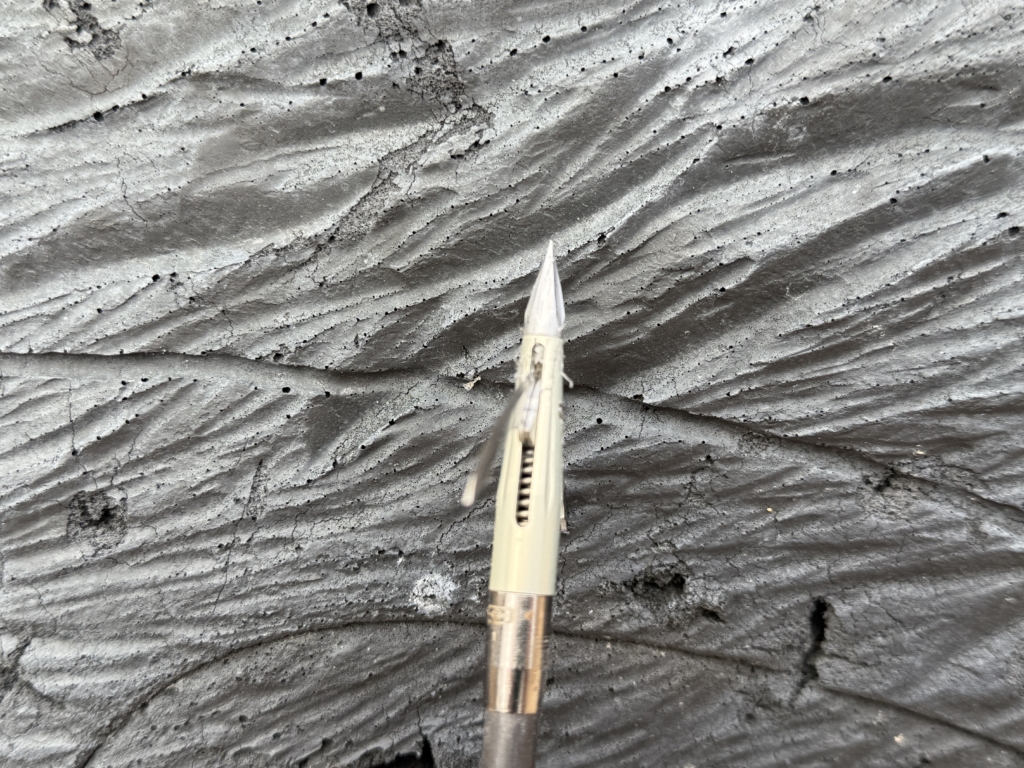
Because the blades are spring-loaded, the broadhead utilizes no collars, bands, or O-rings. Using leather gloves, I pushed the blades back into the ferrule, and they locked back into place easily.
Another feature of this innovative broadhead is Beast’s Bone Evading Advanced Spring Technology. You will feel this technology when you insert the blades back into the ferrule. Each blade can retract and deploy when it encounters bone, preserving kinetic energy and resulting in excellent penetration.
How Accurate Is The Beast 2.3″ Aluminum?
The main advantage of any mechanical broadhead is its accuracy. I’ve seen top-tier mechanical broadheads fly like darts from poorly-tuned compound bows. Their field-point-like build means better ballistics than fixed-blade broadheads, and because the blades are contained in the ferrule, the mechanical broadheads are less affected by wind and fly much quieter than vented fixed-blade heads.
As excited as I was about the Beast’s build, I would render the broadhead useless if it wasn’t accurate. The needle-point ferrule and curved blades ensure field-point accuracy to the tested maximum distance of 120 yards. The broadheads fly quietly, and at 80 yards, there was no discernible difference between my field point and broadhead.
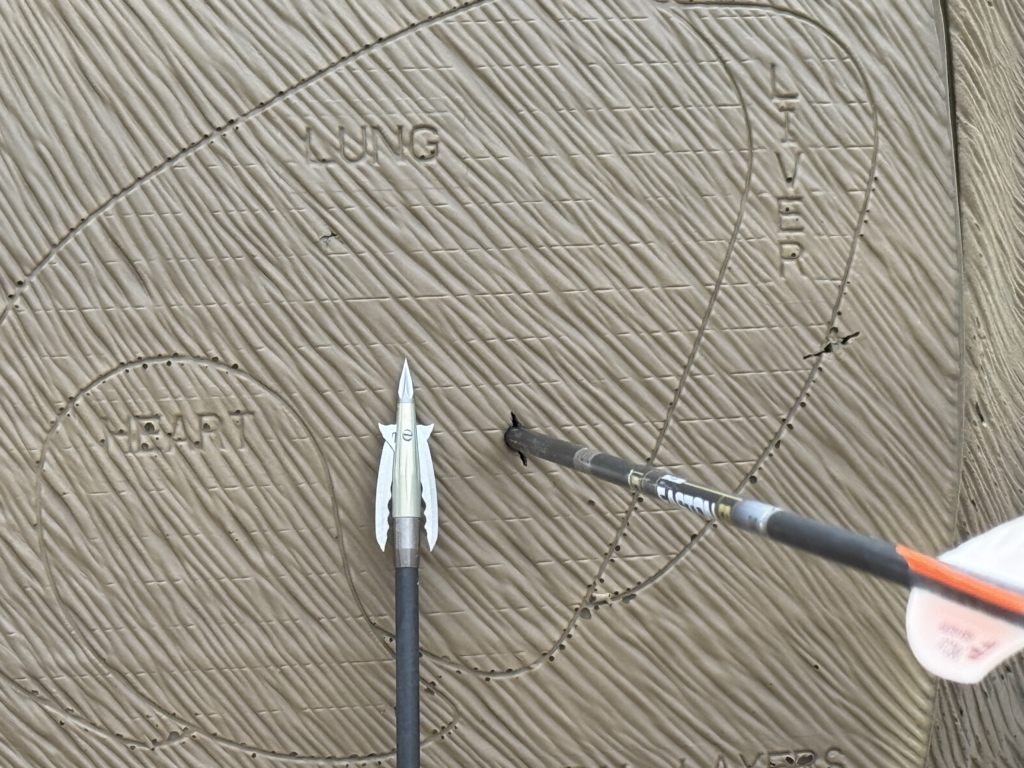
I also shot the Beast 2.3″ Aluminum to 60 yards in a 20-mile-per-hour crosswind. The head cut through the wind, and holding as best I could, the average drift was 2 3/4 inches at 60 yards.
Is The Beast 2.3″ Aluminum Durable?
Beast makes a titanium model, and while I’m sure it’s more durable than the aluminum, the 2.3″ proved durable enough for me. I never shoot a mechanical again after that mechanical has hit an animal, so I don’t put a premium on insane durability. As long as durability isn’t compromised as it passes through an animal, and as long as it doesn’t explode or pop back out if it encounters bone, I really don’t care how it holds up to concrete, steel, etc.
For grins, I shot the Beast 2.3″ Aluminum through 3/4-inch plywood three times from 20, 30, and 40 yards. Not only did the broadhead blow through the plywood each time, but the blades held an edge, and the ferrule and tip weren’t damaged.
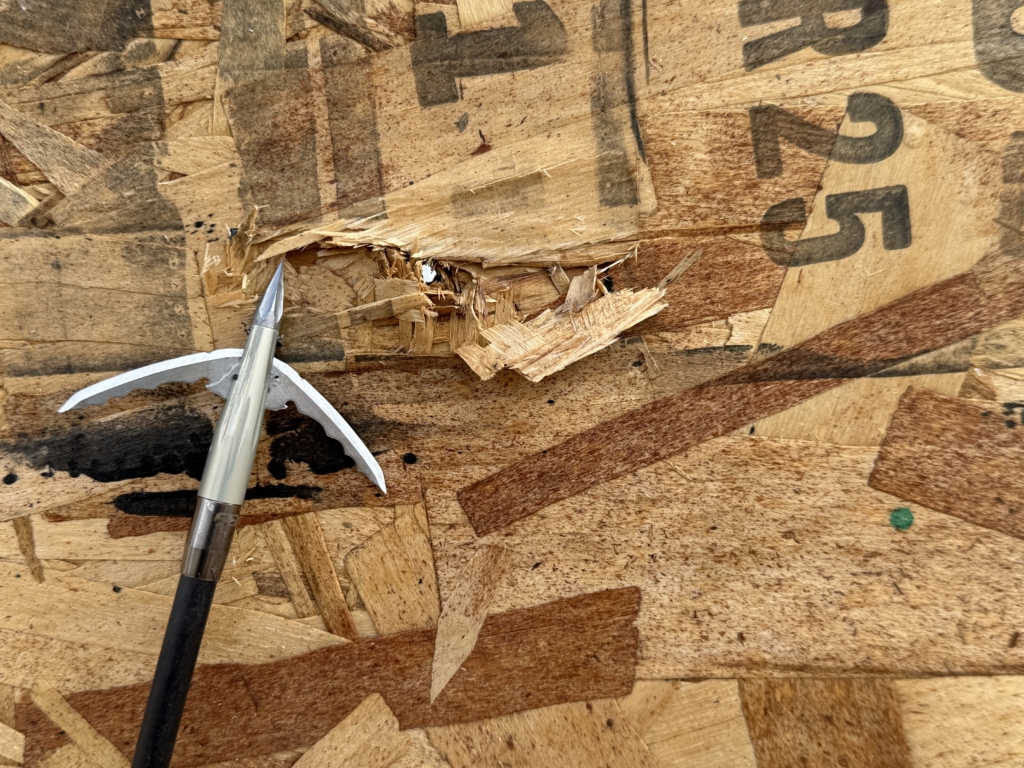
This test also revealed some insight into the broadheads’ penetration ability. Traditionally, even when hunting pronghorn or whitetail, I never go bigger than a 2-inch cutting diameter. I believe that a cutting diameter that is too big reduces kinetic energy and results in poor penetration. Beast, I think, has conquered this issue with its rapid-deploy blade system. I will update this article when I shoot an arrow through a deer that’s beyond 40 yards away.
Final Thoughts
Beast Broadheads come in packs of three, and so far, after 48 shots, all I’ve used is one. The E.P.I.C system has proven effective, and even after shots through plywood, the blades still fold back into the ferrule.
Please exercise caution when putting the blades back into the ferrule. You can use your bare hands to grab the blades and push them downward back into the ferrule, but I recommend wearing heavy leather gloves. If you slip, you get cut, and if you don’t push the blades all the way into the ferrule before you let go, they pop right back out, and they come really, really fast.
Overall, I’m incredibly impressed with these new mechanical broadheads. They fly like darts, seem to penetrate like crazy, and the cutting swath in the foam is absolutely huge. This should result in massive blood loss, which is what we want.
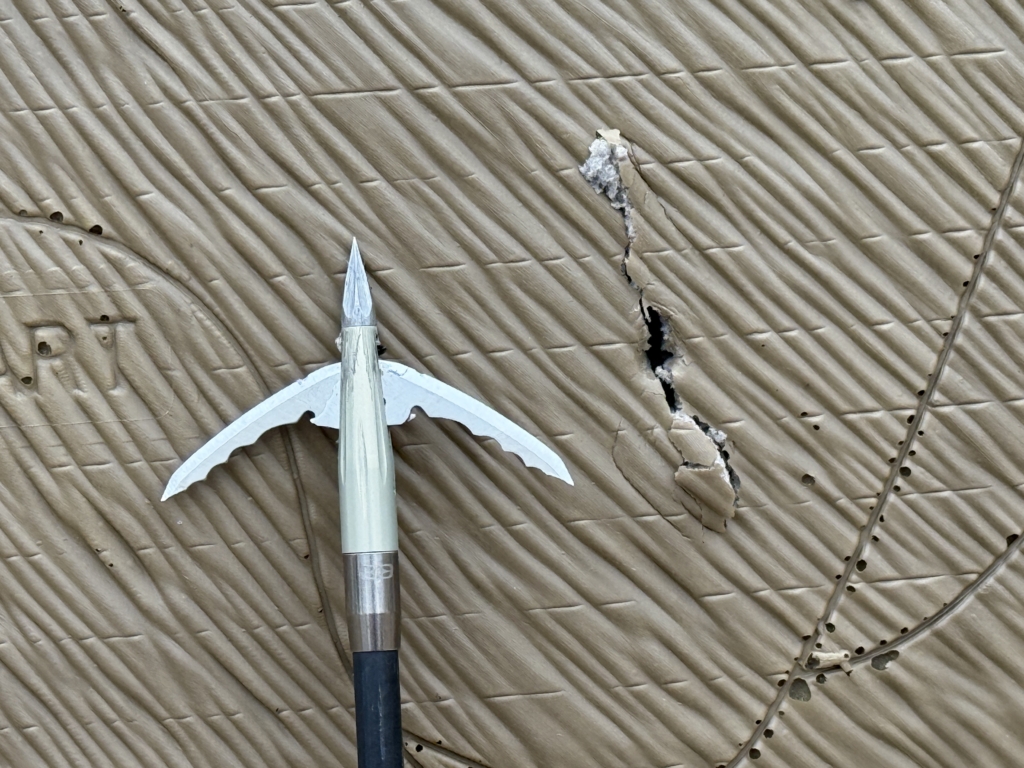
Beast, I tip my hat to you. Creating a new, innovative mechanical broadhead is a challenging task. You did it, and made a believer out of me.



